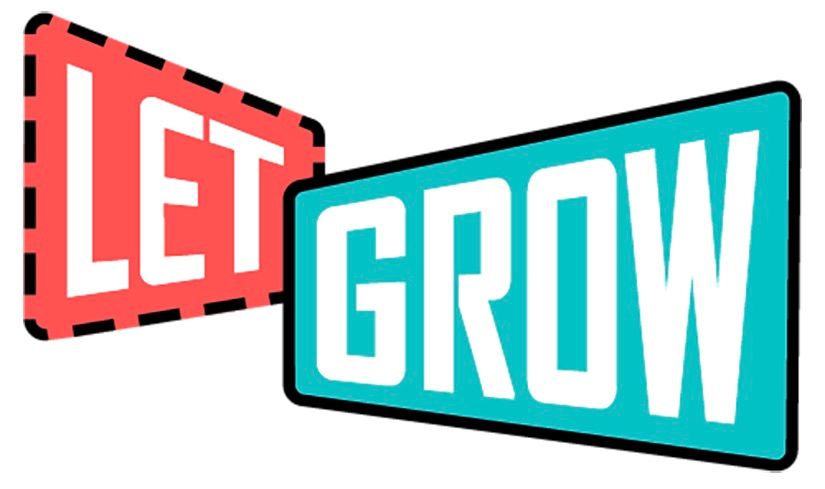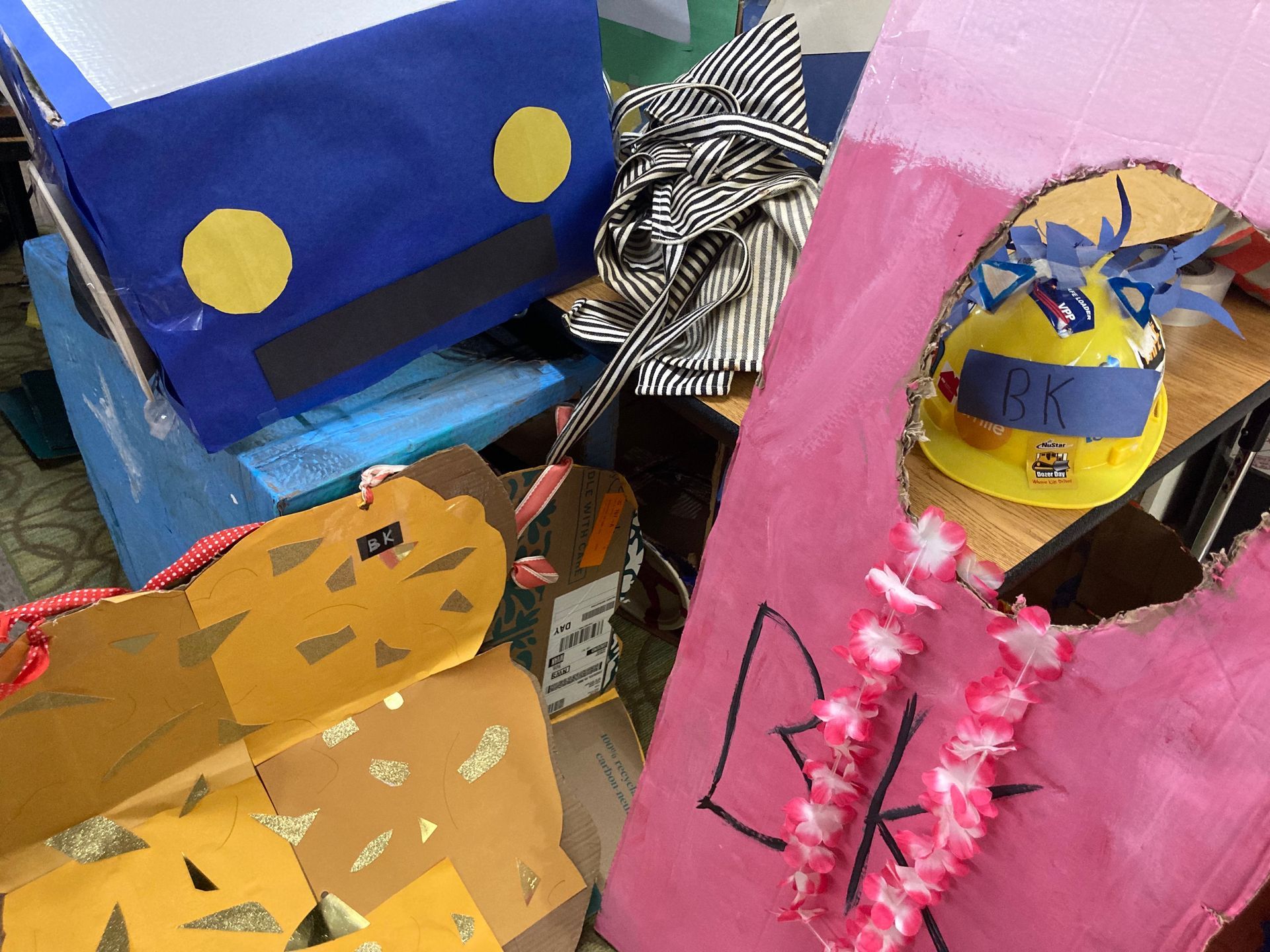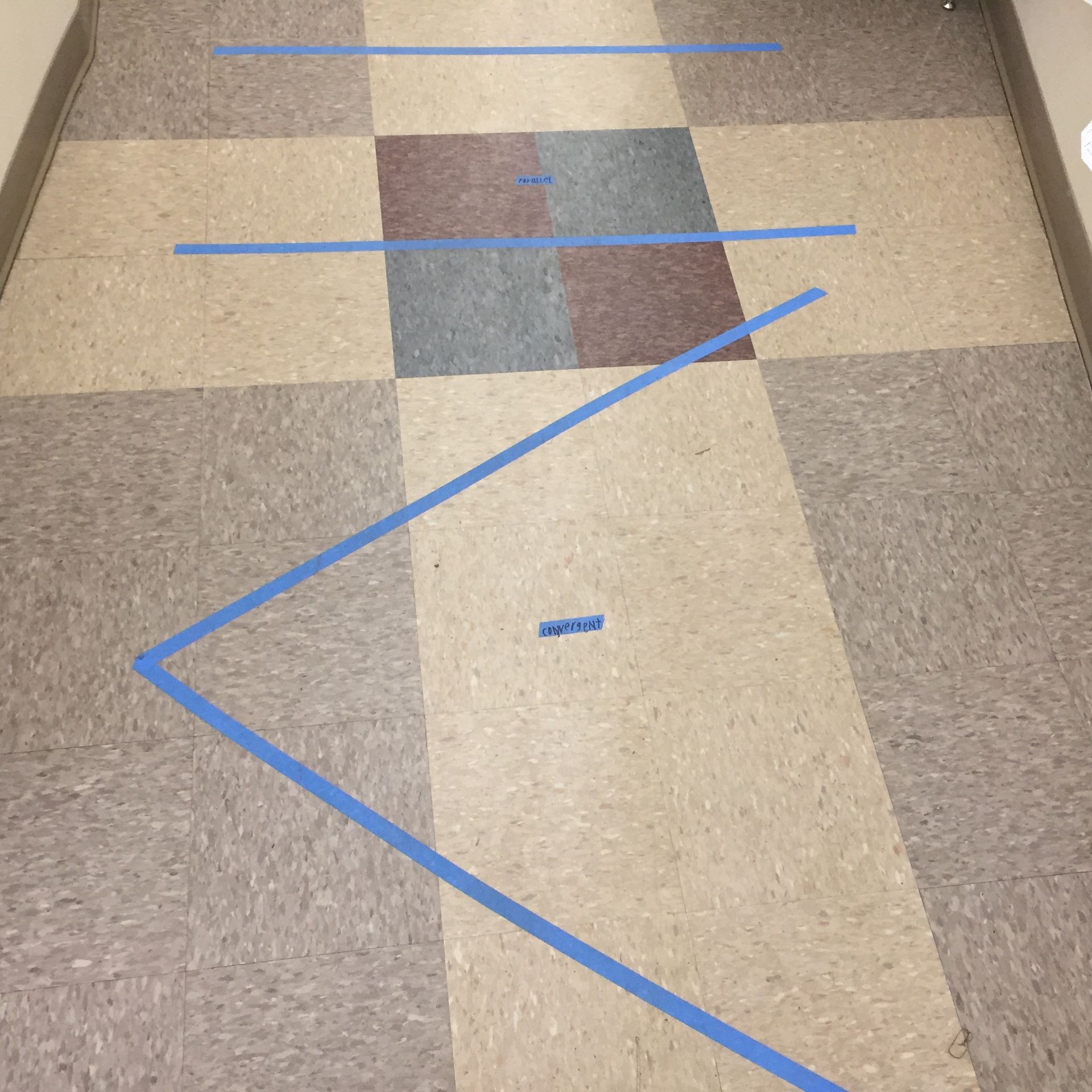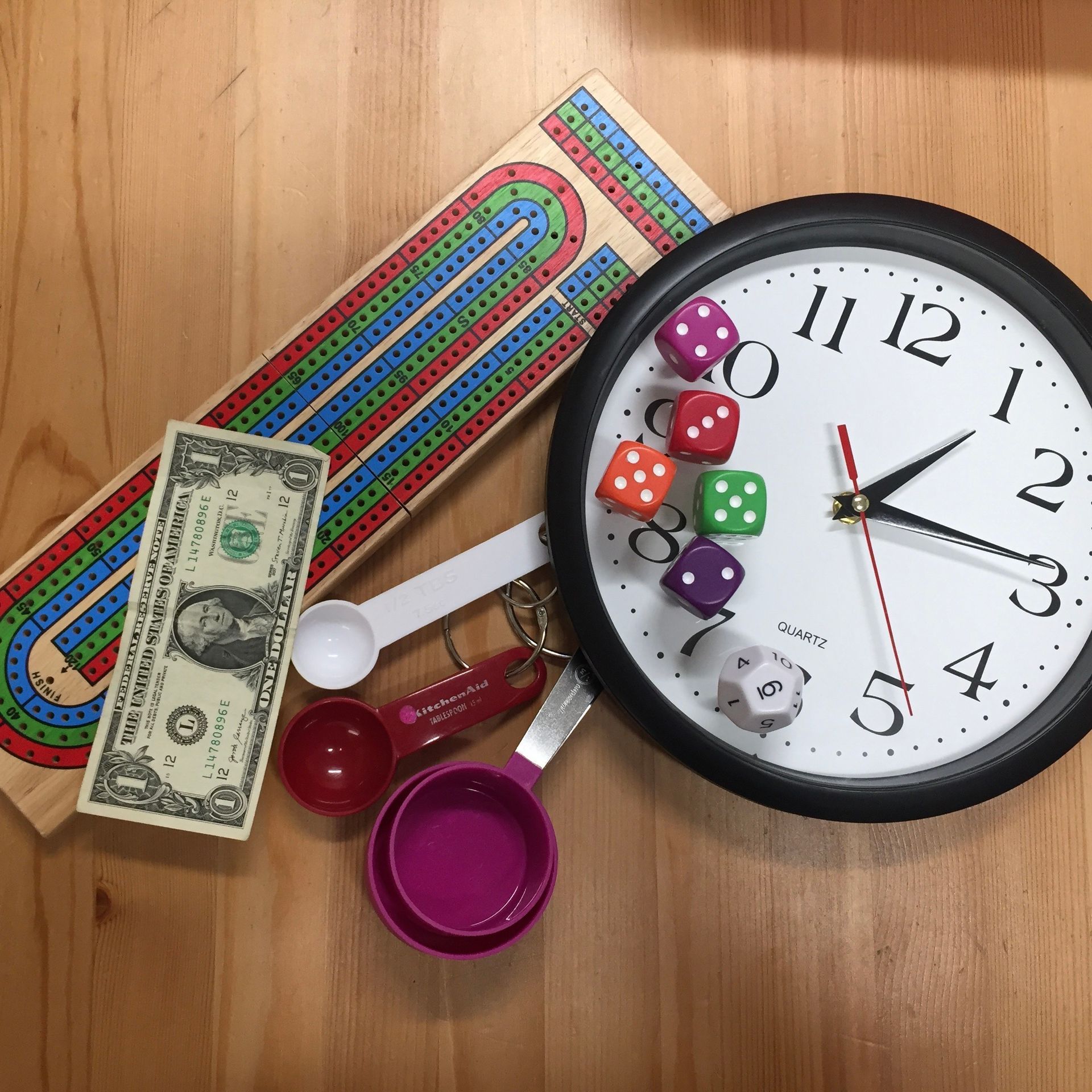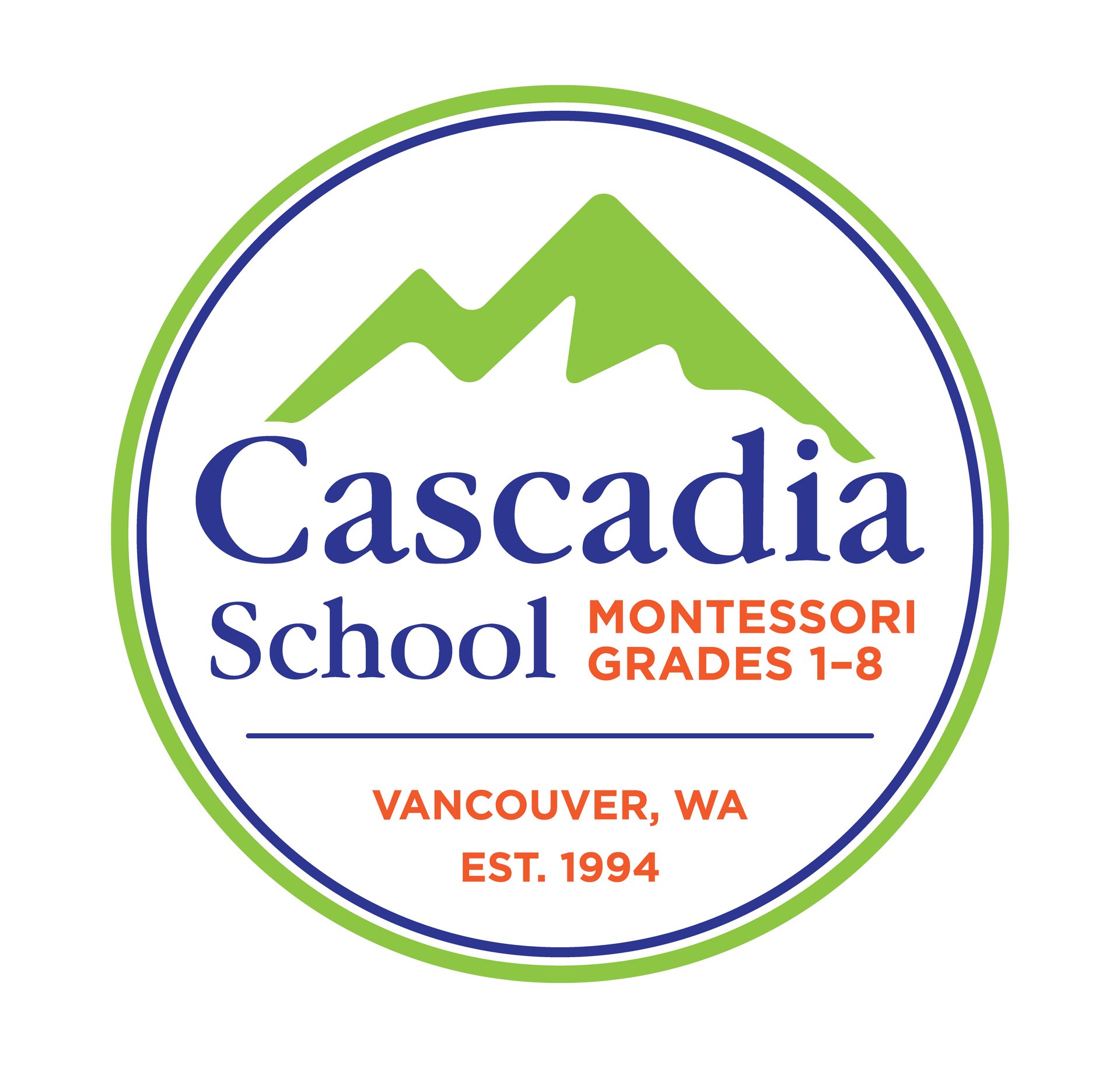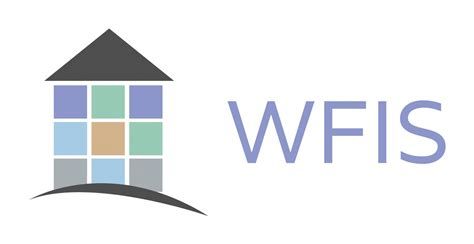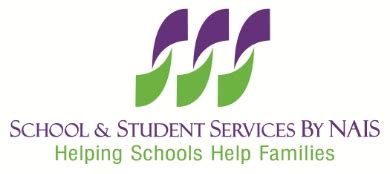What are the benefits of mixing ages and grades in a classroom? Doesn’t this make teaching way harder? #sorryteachers
Believe it or not, age mixing actually helps teachers! Older students help and mentor younger students and give younger children someone to strive to be like. Don’t think your 3rd year has the best behavior? You’d be surprised how they are stepping into leadership roles in their classrooms, stretching their capabilities. If we think of the classroom like a family, Montessori children get to experience being the youngest, middle, and eldest sibling in each 3-year cycle. Each position in the family has its benefits and challenges (a.k.a. growing opportunities).
Adults in the environment are also careful to provide good examples of behavior, but a child just a few years older gives younger children glimpses of what they themselves could be like in a few years - mentally, physically and socially. And by being around children a year or two older, the youngest in a class gradually become aware of topics and materials before they are able to engage in those activities themselves. Think of it as a kind of soft opening for intellectual and social development!
But how do older children benefit from age mixing? Aren’t they held back by kids who are more immature? First off, we know that each child develops at his or her own pace. Providing a range of ages of peers gives children the opportunity to find work partners and friends at their level. It reduces negative competition among children and creates a great environment to learn about cooperation, inclusion, and leadership. Lessons they got the year before will be repeated with the next group of younger children, giving older children the time to repeat, reflect, and go deeper into the topics. Also, older children benefit from being able to take on leadership roles, such as helping with the care of the classroom environment and keeping up routines.



